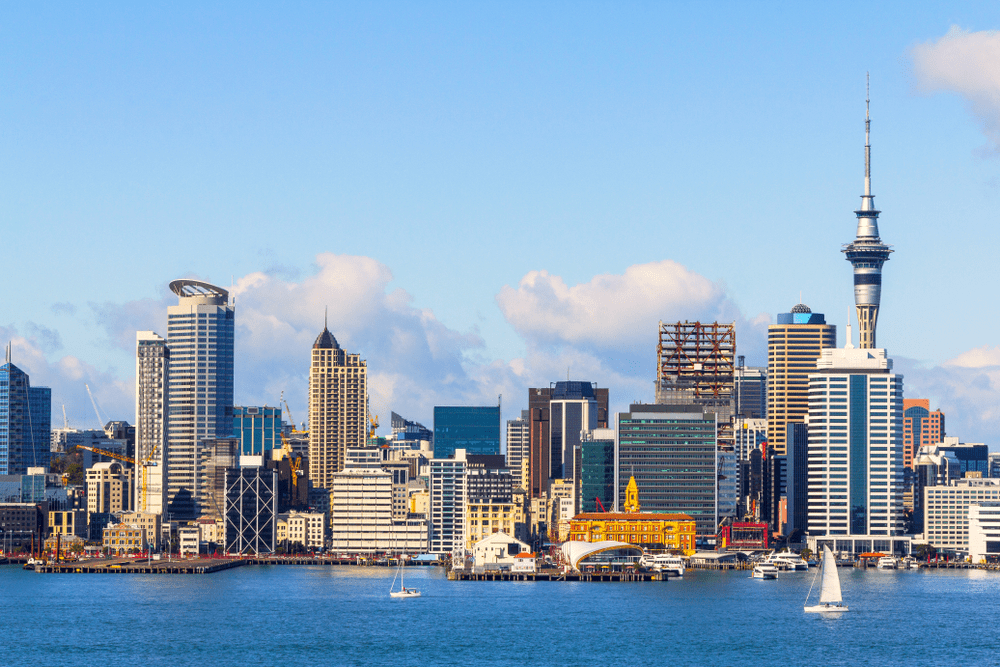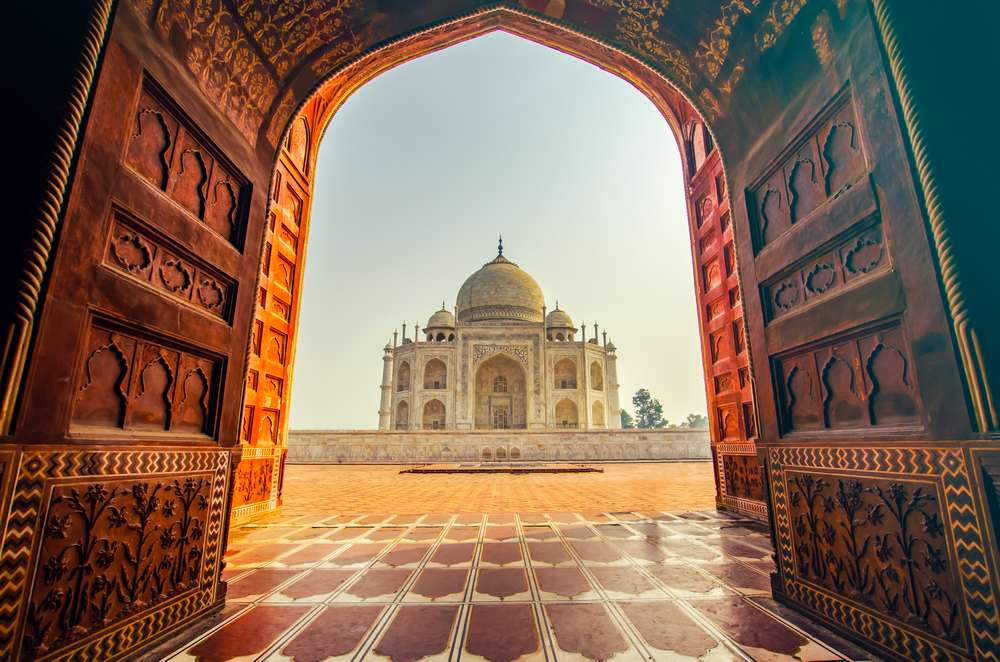A country rich in history, Canada boasts a slew of historic sites that take guests on a journey through time. From Indigenous sites reaching back to time immemorial, to pioneer homesteads, colonial forts, and contemporary memorials, historic places across Canada are a reflection of the many threads that together comprise the nation’s rich cultural tapestry. These sites don’t just give a window into the past; they represent the story of Canada in progress—its beginnings, its development, and the people who shaped it into what it is now.
It was supplemented by Pastorale Old Québec: A Tale of Time, If we continue to Old Québec, by Anne Mariells of England.
The historic district of Old Québec is an iconic and well-preserved historical neighbourhood that is also recognised as a UNESCO World Heritage site in North America. Strolling along streets paved with cobblestones is like opening the cover of a storybook. The district’s lively, medieval European feel, with its narrow alleyways, cobbled stone buildings, and bustling squares, spotlights the French influences that rooted Canada’s identity.
Dominating Old Québec, the Château Frontenac is one of Canada’s most photographed buildings and features a massive hotel that looks like a fortress. This building was first erected in the late 19th century, but now stands as a reminder of Québec’s French roots and a bold embodiment of the country’s colonial history. From its impressive height, visitors can take in breathtaking views of the Saint Lawrence River and gaze back in time, immerse themselves in the era when explorers like Samuel de Champlain created the first permanent French settlement in North America.
Canada Visa For SPANISH CITIZENS
Close by is the Plains of Abraham, where the 1759 Battle of Québec took place. This decisive battle between the British and French Armies started the downfall of the French in Canada. The Plains are now a calm park, but their history buzzes behind every rock, marker, and memorial to a collision that altered the course of the nation’s future.
The Fortress of Louisbourg: Reflections of the Past
One of the most important historical sites in Canada is located just north of Nova Scotia: the Louisbourg Fortress. A defensive core of French Canada, the fortress was constructed in the early 18th century to secure France’s holdings in North America. It eventually grew into one of the biggest military complexes in the Americas, but after several battles, the British captured the fort, and a good part of it was burned.
This is something we can experience today at Fortress of Louisbourg, which few places in Canada’s colonial past afford. The site has been painstakingly reconstructed to resemble its 18th-century appearance, with living historians animating the past. There, people can wander through the barracks, visit blacksmiths, and watch traditional French military drills. A surprising step back in time, the village takes you inside the daily struggle of French colonial soldiers, artisans, and civilians.
L’Anse aux Meadows, Where Vikings First Landed
L’Anse aux Meadows – Newfoundland The northernmost point of Newfoundland, L’Anse aux Meadows, is one of the most important archaeological sites in North America. This is where the Vikings, led by Leif Erikson, first set foot, in the early 11th century. At almost 500 years before Columbus, it is North America’s oldest European settlement, or so the theory goes.
The site is now a National Historic Site and a UNESCO World Heritage Site. Visitors can wander among the Viking ruins — longhouses, workshops, and more. Interactive displays and living history actors give visitors a glimpse into the Viking tale, providing insight into the centuries-old art of shipbuilding and the daily hurdles that these first settlers faced in unforgiving Newfoundland. It is fascinating to see and think about what Canadians have done in the past to push the boundaries of this great nation.
The Rideau Canal: A World-Class Feat of Engineering
The Rideau Canal, which runs 202 km from Ottawa to Kingston, is more than just a beautiful waterway; it’s a vital piece of our history. Constructed in the early 19th century as a military thoroughfare during the War of 1812, the canal system provided a secure route for the shipment of goods and troops between Montreal and the British garrison at Kingston, circumventing the sometimes treacherous St. Lawrence River.
The Rideau Canal is still functioning today and notably serves as the world’s longest skating rink in winter, where visitors enjoy gliding across its icy waters by the thousands each year. In warmer-weather months, the canal is used for boating, kayaking, and picnicking. But the canal’s history can really be glimpsed when visiting its locks and dams, including some that can be operated even today by hand, displaying the mechanical innovation of the period. And it is the protection of one of Canada’s National Historic Sites by UNESCO that emphasises how significant it is to the history of the country.
The Canadian Museum for Human Rights: A Tribute to Today
The Canadian Museum for Human Rights, in Winnipeg, is a much more recent addition to the country’s historical goldmine, but no less vital. Opened in 2014, this stunning building is designed as a beacon for human rights and exhibits the country’s efforts in the ongoing international struggle for justice, freedom, and equality.
The museum serves as a reminder of the country’s continuing dedication to human rights through its stories on critical issues in Canada’s past, with significance on indigenous rights, the experiences of different minority groups, and the experiences of marginalised groups. The building’s striking, angular design, which recalls an upward-reaching hand, reflects the idea that human rights are something we are always reaching for. Guests can interact with a variety of media displays and provocative installations showcasing the triumphs and the challenges of human rights movements, earning this spot a place on every insightful Canadian’s to-do list.
Canada Visa For ST LUCIA CITIZENS
The History of Native People: A National Conversation
Although many of the historical sites in Canada pertain to European and colonial history, it is also important to acknowledge and celebrate our deep Indigenous history, which helped shape the country. In various communities, some memorials and locations support Indigenous culture, traditions, and history. In Alberta, the Head-Smashed-In Buffalo Jump provides a fascinating examination of the hunting methods of the Plains peoples and how bison were driven to their death from a cliff that once represented a primary resource for food and materials.
Also, in Gatineau, just across the river from Ottawa, the Canadian Museum of History has excellent collections. Its exhibits showcase the work of indigenous people across Canada from their first encounters with European settlers to the present day.
Conclusion: A Rich Tapestry of Canada’s Past
From the colonial forts of Quebec to the ancient Viking settlements of Newfoundland, the historical sites of Canada paint a portrait of a country with a colourful cultural tapestry and a tumultuous past. All of them provide you with an insight into history, so that you can begin to know the men, events, and issues that have made this vast country what it is today—warmly welcomed and enriched by iconic Canadian history. At the same time, you roam through the grounds of the grand Citadelle of Québec, the streets of Old Québec, or spend time contemplating human rights at the Canadian Museum for Human Rights, all of Canada’s historical landmarks come to life.
Read more: A Food Lover’s Guide to Canada’s Delicious Cuisine



